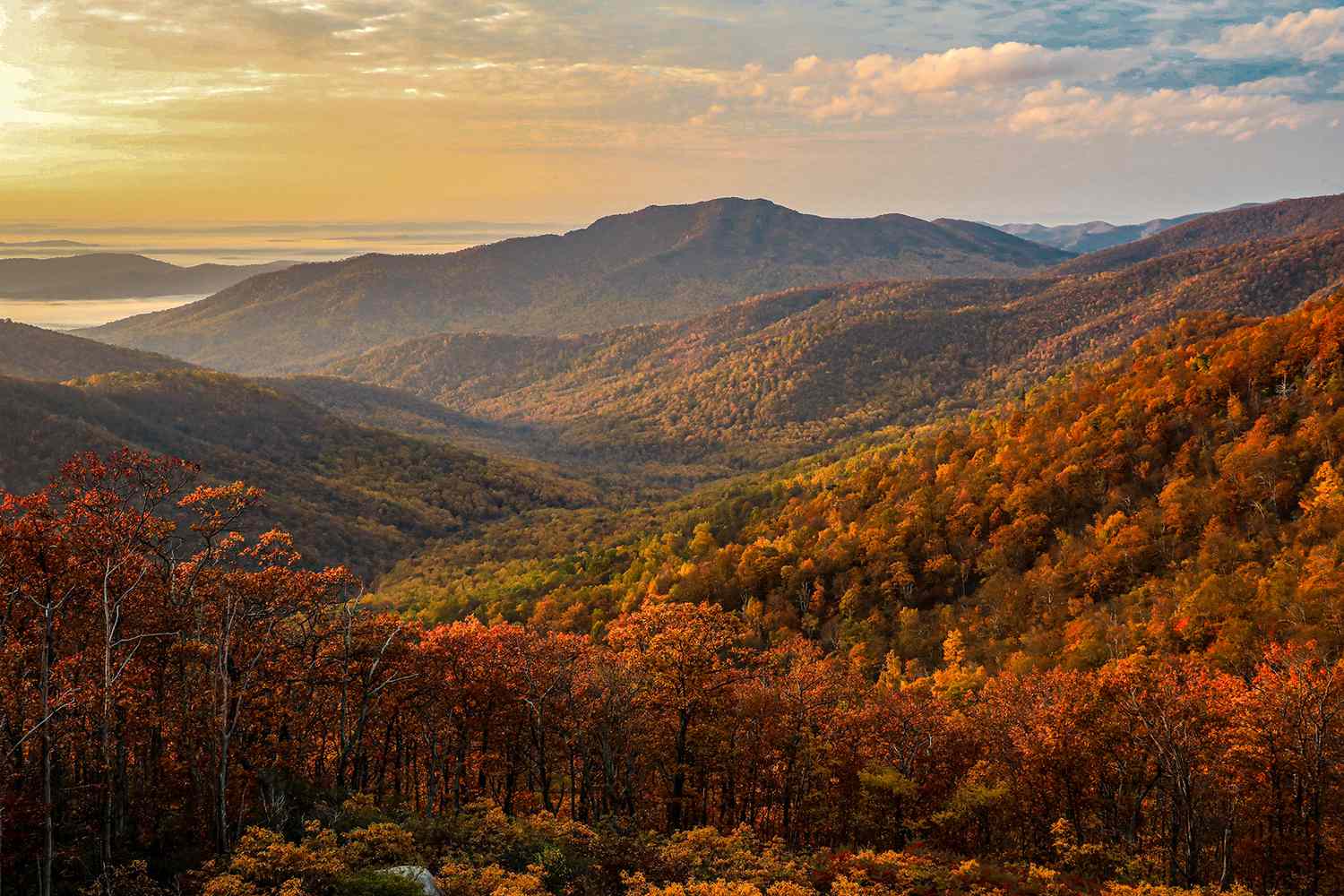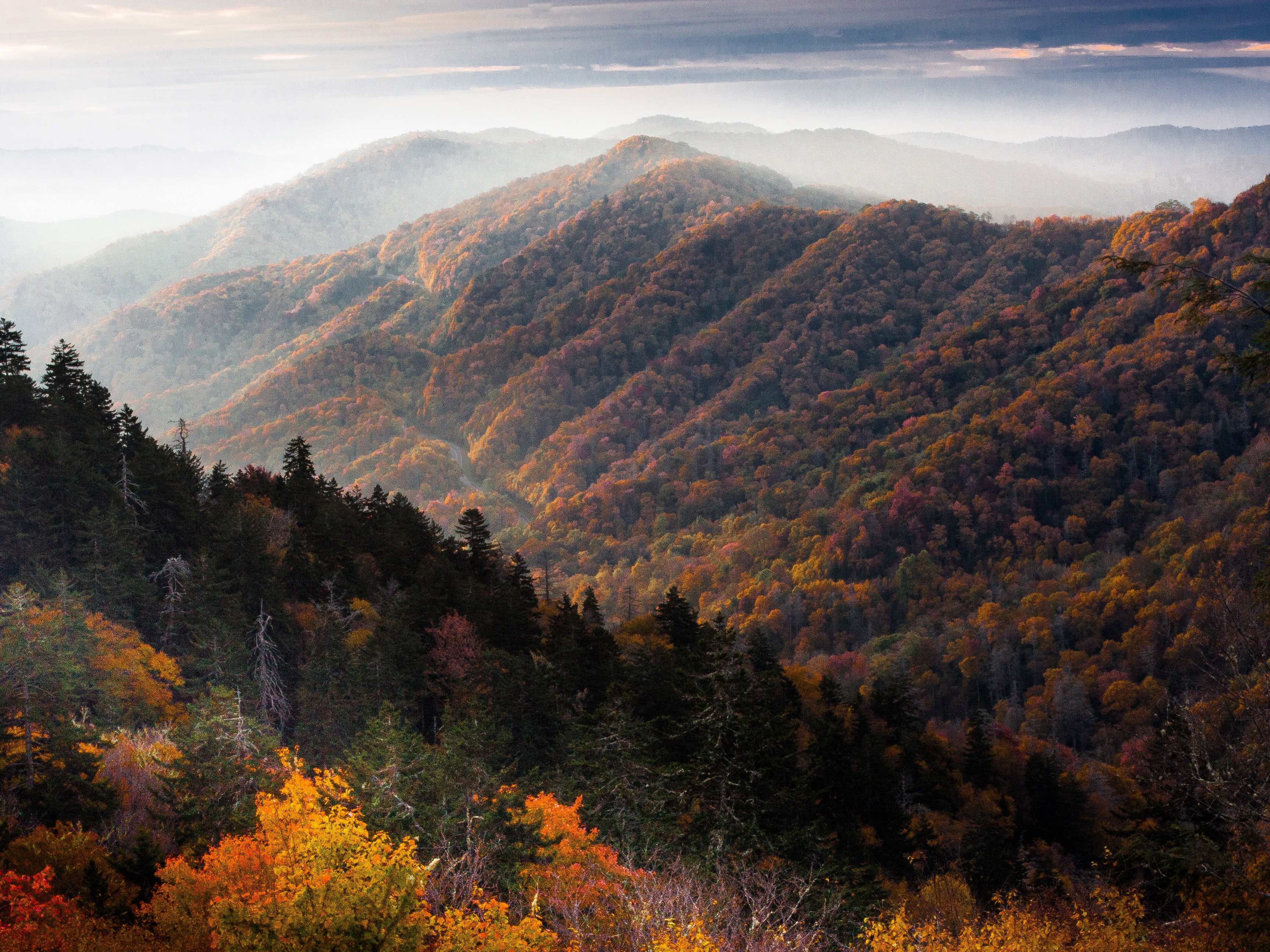this post was submitted on 27 Oct 2023
842 points (98.7% liked)
Science Memes
15493 readers
2813 users here now
Welcome to c/science_memes @ Mander.xyz!
A place for majestic STEMLORD peacocking, as well as memes about the realities of working in a lab.

Rules
- Don't throw mud. Behave like an intellectual and remember the human.
- Keep it rooted (on topic).
- No spam.
- Infographics welcome, get schooled.
This is a science community. We use the Dawkins definition of meme.
Research Committee
Other Mander Communities
Science and Research
Biology and Life Sciences
- !abiogenesis@mander.xyz
- !animal-behavior@mander.xyz
- !anthropology@mander.xyz
- !arachnology@mander.xyz
- !balconygardening@slrpnk.net
- !biodiversity@mander.xyz
- !biology@mander.xyz
- !biophysics@mander.xyz
- !botany@mander.xyz
- !ecology@mander.xyz
- !entomology@mander.xyz
- !fermentation@mander.xyz
- !herpetology@mander.xyz
- !houseplants@mander.xyz
- !medicine@mander.xyz
- !microscopy@mander.xyz
- !mycology@mander.xyz
- !nudibranchs@mander.xyz
- !nutrition@mander.xyz
- !palaeoecology@mander.xyz
- !palaeontology@mander.xyz
- !photosynthesis@mander.xyz
- !plantid@mander.xyz
- !plants@mander.xyz
- !reptiles and amphibians@mander.xyz
Physical Sciences
- !astronomy@mander.xyz
- !chemistry@mander.xyz
- !earthscience@mander.xyz
- !geography@mander.xyz
- !geospatial@mander.xyz
- !nuclear@mander.xyz
- !physics@mander.xyz
- !quantum-computing@mander.xyz
- !spectroscopy@mander.xyz
Humanities and Social Sciences
Practical and Applied Sciences
- !exercise-and sports-science@mander.xyz
- !gardening@mander.xyz
- !self sufficiency@mander.xyz
- !soilscience@slrpnk.net
- !terrariums@mander.xyz
- !timelapse@mander.xyz
Memes
Miscellaneous
founded 2 years ago
MODERATORS
you are viewing a single comment's thread
view the rest of the comments
view the rest of the comments



This is because thats basically the upper limit for how tall a mountain can be on this planet.
What's the limiting factor? I assume it's something with gravity?
I guess, because taller mountains need a bigger/heavier base (Mnt Everest is only a few km over it's base, stone is too brittle) and a too heavy base gets "liquid" on, or literally under the plate (it's magma underneath).
Only guessing though.
But then there's Himalaya and the whole mongolian ranges on the same plate...
Seeing it like that, we are beings of energy, existing on the thin skin of a ball of molten stone, revolving around a ball of fire.
Mountain bases can support a lot. Everest is not terribly tall from its base, true, but Denali is 5500 meters from base to top and Mauna Kea rises to 10000 meters over base.
Its also a bit of an incorrect picure to think of the interior magma as a liquid. It can flow, but it can also sieze up or crack. Its an in-between, like corn starch and water.
Its indirectly gravity. The taller the mountain, the more eroding force can be pleced on it. Water travels faster and therefore cuts deeper.
Everest is still uplifting fairly quickly at 1mm a year, but its also eroding at roughly the same pace and won't get significantly taller than it is now. The same is true for the rest of the Himalaya as well, the whole range is eroding at a very high pace.
The Himalaya are home to some very spectacular canyons, including the largest canyon above water. The geology there is on full display and incredible.
Plate tectonics and isostasy: Ocean ridges can only push so much and the denser a mountain range is, the higher the stress on the crust and mantle material.
https://www.youtube.com/watch?v=3rk2jx3eRDE
I guess this only explains the positive constraints of orogenesis.